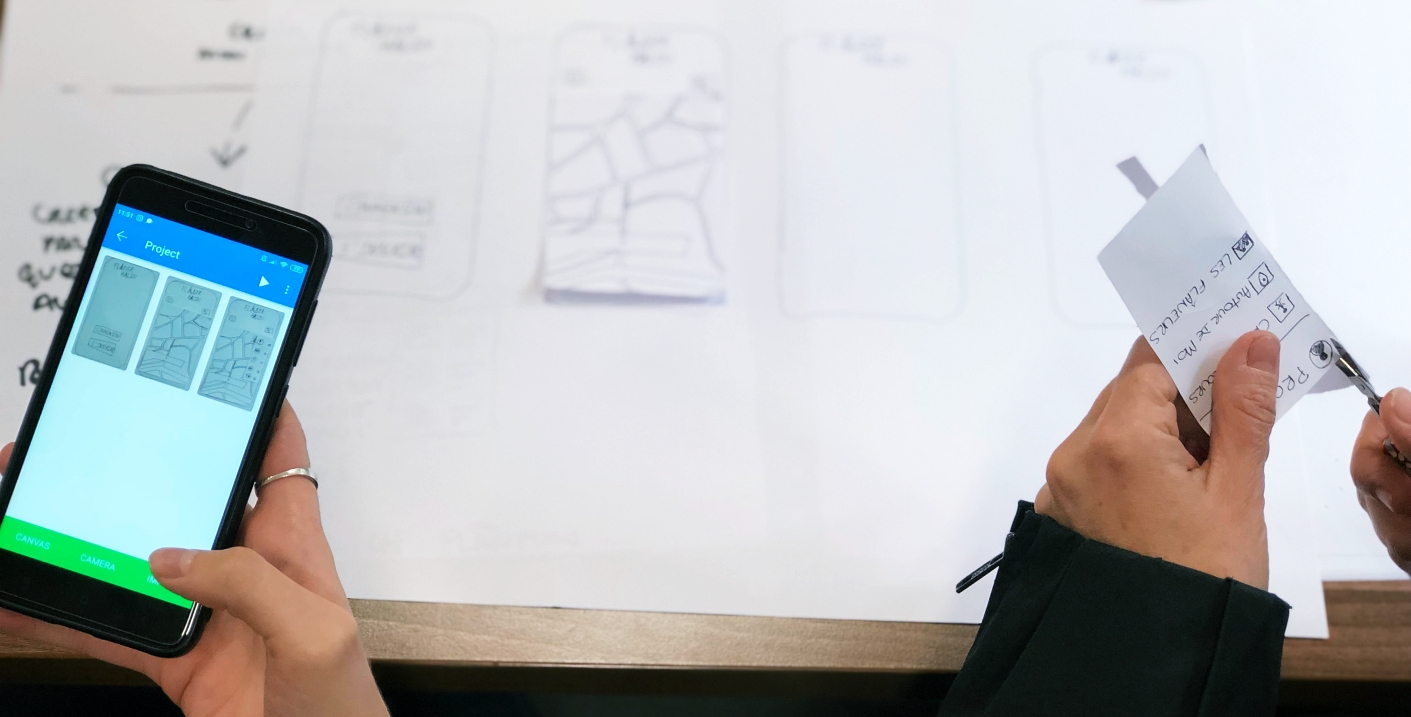Unit 5: Deliver & Document
Unit 5: Deliver & Document

Once the concept is final, all details need to be designed. Meanwhile, prototypes need to be built and tested on a small scale with a group of people that represents the target group/visitors/audience. Testing inevitably results in surprises and revisions, as not everything will work out as planned. Consequently, the Deliver stage often is an endless loop of improving, building, and testing.
Once the design is relatively stable, the documentation of the design will require the most attention. Often, others will implement the design and need carefully prepared and unambiguous specifications so that they know what is needed. Specific standards exist for documentation, such as technical drawings for engineering, or service blueprints for service design. These will depend on the type of deliverable.![]() Case Study: Food exhibition: the devil was in the details
Case Study: Food exhibition: the devil was in the details
Eventually, the concept was chosen and the budget was reserved for the exhibition. It was time to finalize all 'details'. However, several unexpected challenges had the development team work long hours, even during the weekend. For example, it was decided to have an interactive app that could be used in the exhibition to offer Augmented Reality (AR). AR is an interactive experience of a real-world environment where the objects that reside in the real world are enhanced by computer-generated perceptual information. The idea was to show additional information; X-ray like images and the original ingredients 'circulating in the air' around processed foods.
However, in order to have a good experience, the location and position of the smartphone should be established precisely. Due to the construction of the building, GPS and Wi-Fi signals could not offer this accuracy. Therefore, the developers decided to use 'marker technology' whereby the camera of the smartphone detects markers to orientate the added layer of information. Although the first (rough) tests were very promising, it became a nightmare for the team. Not every smartphone brand functioned well with the software, which became so sluggish that visitors would see delayed rather than real-time AR. It had to be optimized again and again to give a good-enough experience. Also, became the application used the camera, it resulted in complicated privacy issues.
The team had several of these unexpected issues that required more time and effort than developing from startup to the choice of the concept.

